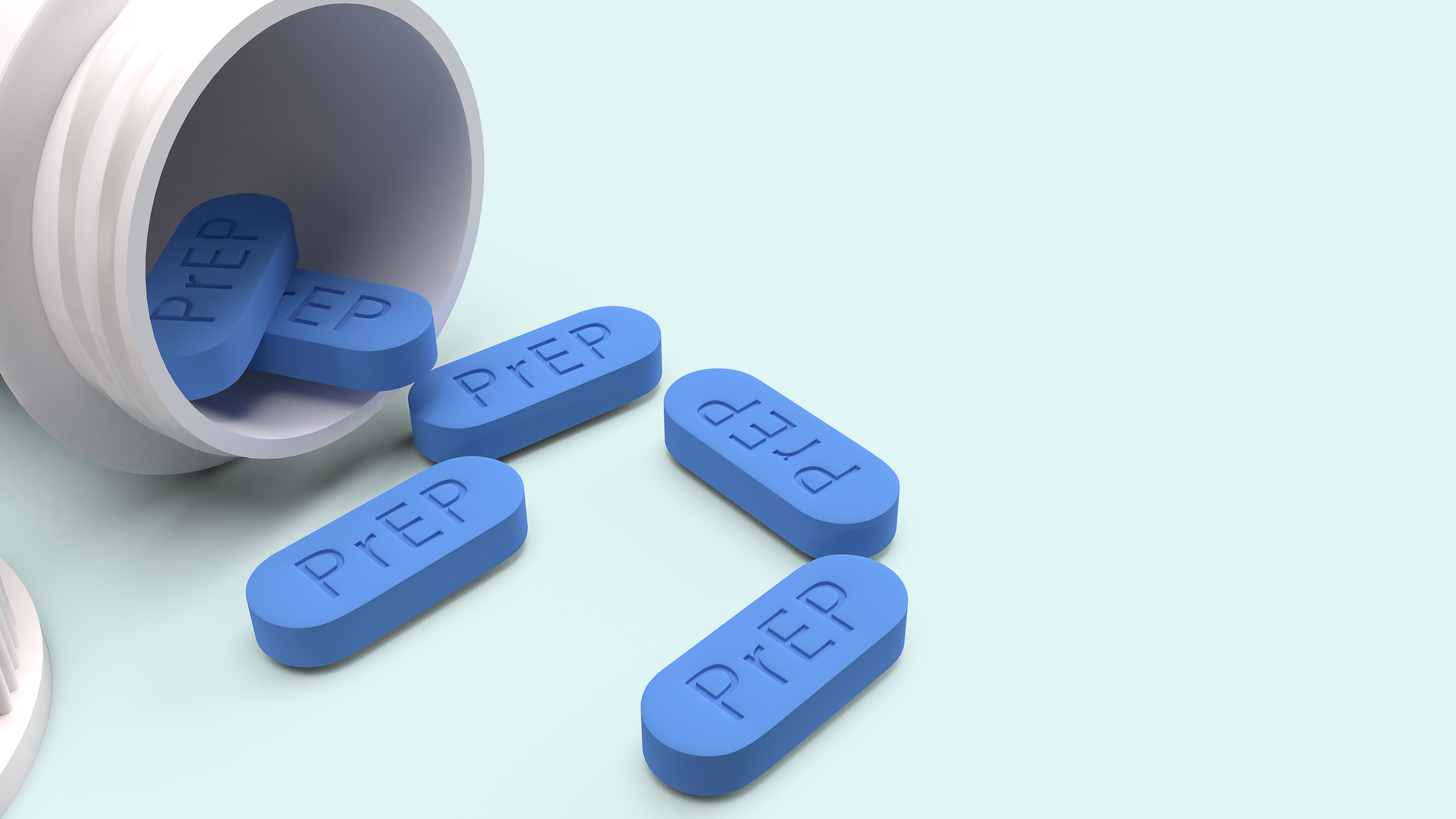Findings from a four-year study of a U.S. national cohort of 6,059 sexual and gender minority individuals who have sex with men
New York, NY | June 26, 2024 – In a far-reaching effort to understand the factors contributing to HIV transmission among sexual and gender minority (SGM) individuals and improve HIV prevention strategies, a team of scientists at the CUNY Graduate School of Public Health and Health Policy (CUNY SPH) and the CUNY Institute for Implementation Science in Population Health (CUNY ISPH) led a four-year national cohort study of 6,059 cisgender men and transgender individuals who have sex with men. Key among their aims was uncovering the reasons why many SGM individuals are not fully benefitting from highly effective HIV Pre-Exposure Prophylaxis (PrEP).
PrEP is a powerful means of preventing HIV infection among groups that experience disproportional HIV burden, with the capacity to reduce transmission on a massive scale. It’s been available for over a decade, but its uptake among those who could benefit the most has been slow and inequitable, with significant racial and ethnic disparities – White SGM individuals have been adopting PrEP at higher rates than persons of color. Getting on PrEP is challenging, requiring regular clinical appointments, bloodwork, and pharmacy coordination. Staying on PrEP can be even more challenging, requiring continued access to healthcare through, for example, job stability that provides health insurance, as well as reliable transportation for PrEP-related appointments. Socioeconomic factors like housing instability further hinder consistent use. Substance use, particularly methamphetamine, amplifies HIV risk and can interfere with PrEP adherence.
The Together 5,000 (T5K) cohort study recruited 6,059 cisgender men and transgender individuals who have sex with men, aged 16-49, who were not using PrEP at enrollment but were clinically indicated for it, and followed them from 2017 – 2022. All were given an HIV test at study enrollment. Those with negative HIV tests were given information about PrEP and how it might protect them, and (if desired) help in beginning the regimen. The study examined potential factors associated with HIV infection, including demographic characteristics, socioeconomic status, behaviors, and PrEP usage. Participants completed annual online surveys and at-home self-sampling kits for HIV testing over four years.
In this cohort of HIV-vulnerable SGM individuals, the study team observed high HIV incidence over four years of follow-up (n=303, 5% of the cohort or 1.64% each year). PrEP use was a major factor in preventing HIV infection: individuals on PrEP were 80% less likely to become HIV positive. Notably, starting and then discontinuing PrEP proved to be a greater risk factor than never having started it: individuals who had started and then stopped PrEP had the highest rate of infection in the cohort. Prior studies have likewise found higher HIV infection risk following gaps in PrEP use.
Methamphetamine (meth) use in the past year increased risk of acquiring HIV infection by nearly four-fold. In fact, for every person who became infected, meth use was reported in the year prior 42% of the time. Findings from this and other studies demonstrate that meth use is disproportionately impacting SGM individuals from marginalized racial and ethnic groups, and accounts for one in three new HIV infections among SGM individuals.
“Our findings point to the urgent need to do more research into this potentially causal connection and provide more resources to people who use meth,” said CUNY SPH Professor Christian Grov, the study’s lead author.
Race and ethnicity played a role in HIV risk. Non-Hispanic Black and Hispanic/Latinx participants were significantly more likely to become infected than non-Hispanic white participants.
“Researchers and policymakers have feared for years that disproportionate PrEP uptake by race—where white individuals adopt PrEP at higher rates than other groups—would have the potential to make existing racial disparities in HIV even worse,” said Grov. “Thus, while our finding is not novel, it underscores the need for PrEP implementation strategies with more equitable reach that engage Black and Latinx SGM individuals.”
Housing instability increased risk. SGM individuals experiencing housing instability were at higher risk for both meth use and HIV infection. Greater education was, predictably, a protective factor.
“The findings related to meth use are particularly concerning given that SGM who use meth are increasingly injecting it, raising the possibility of increased infection risk through needle sharing in addition to any of the stimulant’s effects on sexual behavior,” said CUNY SPH Distinguished Professor Denis Nash, a co-author on the study.
The study highlights the critical need for interventions to improve PrEP uptake and retention among sexual and gender minority individuals, particularly Black/Latinx individuals, those with housing instability, lower education levels, and people who use methamphetamine. Enhanced PrEP implementation strategies and addressing structural barriers are essential for reducing HIV incidence in these vulnerable populations. Equally important are interventions to support the long-term maintenance of individuals currently on PrEP and to re-engage those who may fall out of care, given the exceptionally high risk of infection in these groups.
This study, led by CUNY SPH and CUNY ISPH, is the product of a broad collaboration with investigators from Florida International University, University of Massachusetts Boston, University of Florida, University of Memphis, Albert Einstein College of Medicine, Hunter College, SUNY Downstate, and Rutgers University.
Media contact:
Ariana Costakes
ariana.costakes@sph.cuny.edu
About CUNY SPH
The CUNY Graduate School of Public Health and Health Policy (CUNY SPH) is committed to promoting and sustaining healthier populations in New York City and around the world through excellence in education, research and service in public health and by advocating for sound policy and practice to advance social justice and improve health outcomes for all. sph.cuny.edu
About CUNY ISPH
The CUNY Institute for Implementation Science in Population Health (ISPH) was founded on the notion that substantial improvements in population health can be efficiently achieved through better implementation of existing strategies, policies, and interventions across multiple sectors. We study how to translate and scale-up evidence-based interventions and policies within clinical and community settings in order to improve population health and reduce health disparities. CUNY ISPH. Pursing population health gains through better implementation. www.cunyisph.org. Follow us on Twitter: @CUNYISPH.




